Help with a new Ginkgo Tree
supermario
13 years ago
Featured Answer
Sort by:Oldest
Comments (20)
tapla (mid-Michigan, USDA z5b-6a)
13 years agohead_cutter
13 years agoRelated Professionals
Glendora Landscape Architects & Landscape Designers · Anderson Landscape Contractors · Berkley Landscape Contractors · Cupertino Landscape Contractors · Goodlettsville Landscape Contractors · Hayden Landscape Contractors · Kerman Landscape Contractors · Northbridge Landscape Contractors · Paramount Landscape Contractors · Westford Landscape Contractors · East Norriton Landscape Contractors · Shorewood Decks, Patios & Outdoor Enclosures · Gastonia Decks, Patios & Outdoor Enclosures · Glasgow Decks, Patios & Outdoor Enclosures · Lacey Decks, Patios & Outdoor Enclosuressupermario
13 years agotapla (mid-Michigan, USDA z5b-6a)
13 years agosupermario
13 years agolarke
13 years agosupermario
13 years agotapla (mid-Michigan, USDA z5b-6a)
13 years agosupermario
13 years agojefferseed
10 years agomoochinka
10 years agojefferseed
10 years agomoochinka
10 years agojefferseed
10 years agomoochinka
10 years agojefferseed
10 years agoJerry Harder
6 years agoLiz Croom
2 years agotapla (mid-Michigan, USDA z5b-6a)
2 years ago
Related Stories
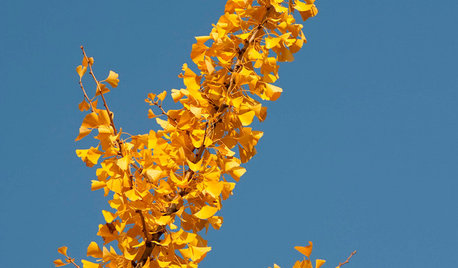
GOLD FOLIAGEGreat Design Plant: Ginkgo Biloba
This ancient tree provides shade, tolerates urban planting conditions and explodes with golden yellow fall color
Full Story
DECORATING GUIDESGinkgo Motifs Grow on Rooms
Simple and shapely, ginkgo leaves bring a graceful, natural note to wallpaper, fabrics and furnishings
Full Story
WINTER GARDENINGHow to Help Your Trees Weather a Storm
Seeing trees safely through winter storms means choosing the right species, siting them carefully and paying attention during the tempests
Full Story
PRODUCT PICKSGuest Picks: Help Your Home Blossom With Floral Decor
Sprinkle hints of spring around your rooms with fabrics, wall coverings and more that recall nature's charms
Full Story
EXTERIORSHelp! What Color Should I Paint My House Exterior?
Real homeowners get real help in choosing paint palettes. Bonus: 3 tips for everyone on picking exterior colors
Full Story
DECORATING GUIDESSlow Design: Today's 'Wabi-Sabi' Helps Us Savor the Moment
Learn about the design movement that's aiming to satisfy our real needs, leaving materialism in the past
Full Story
EARTH DAYHow to Help Your Town’s Beneficial Birds and Bugs
Make a habitat using local materials to provide a home to the creatures that help our gardens
Full Story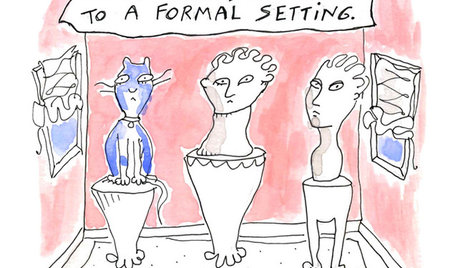
MOST POPULAR7 Ways Cats Help You Decorate
Furry felines add to our decor in so many ways. These just scratch the surface
Full Story
HOUZZ TOURSHouzz Tour: A Modern Loft Gets a Little Help From Some Friends
With DIY spirit and a talented network of designers and craftsmen, a family transforms their loft to prepare for a new arrival
Full StoryMore Discussions






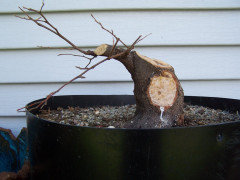




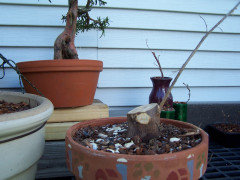
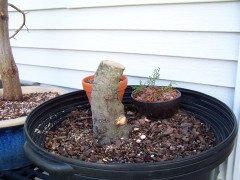
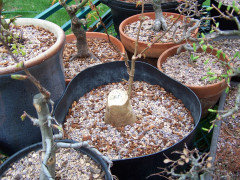

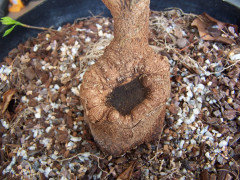
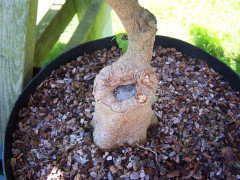
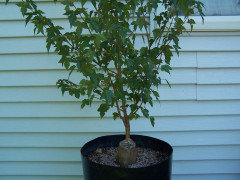
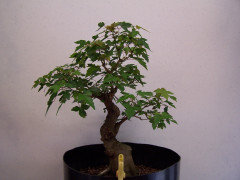




tapla (mid-Michigan, USDA z5b-6a)